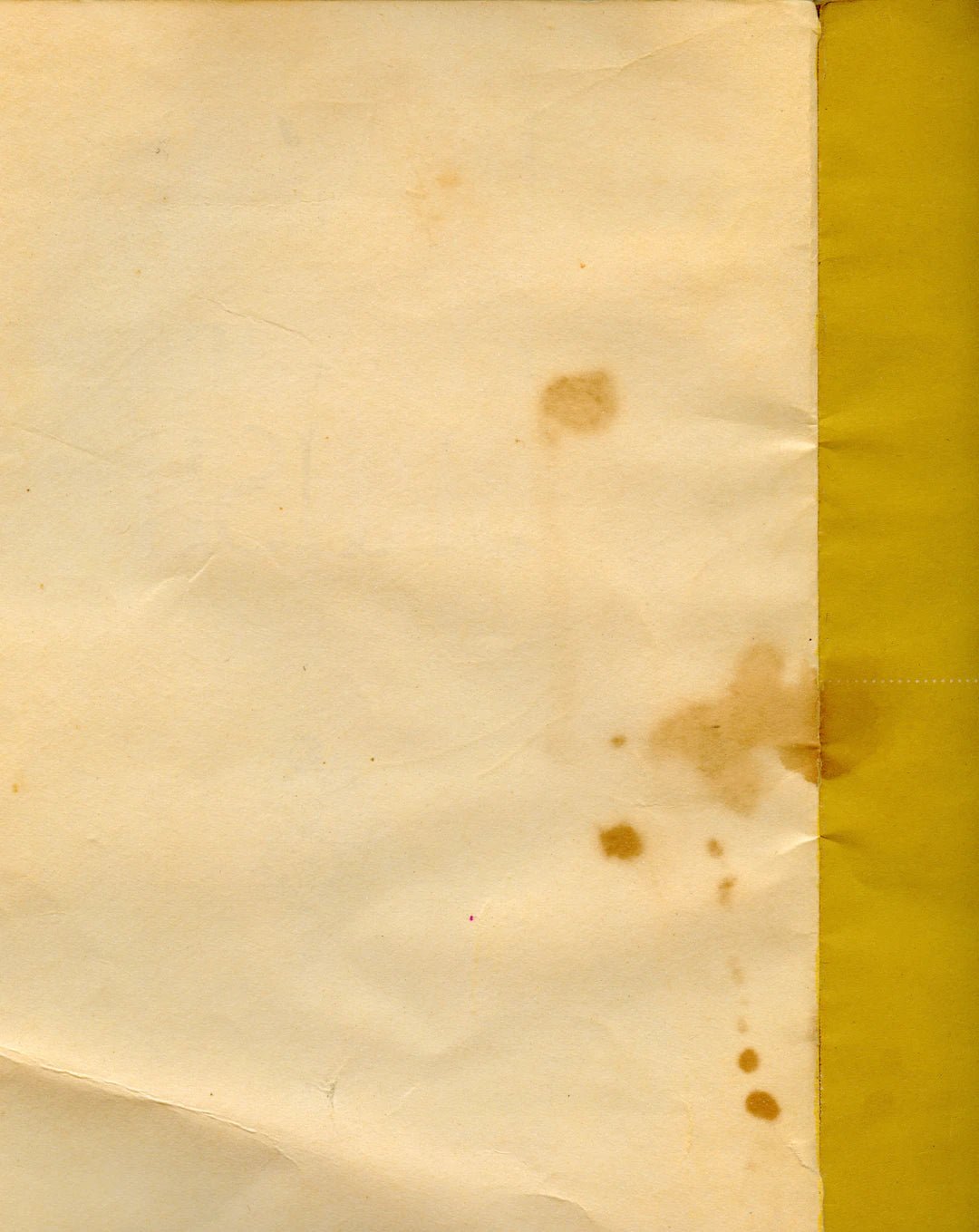Overview
This blog provides a comprehensive guide on stain removal techniques for various surfaces, including kitchens, living rooms, bathrooms, and outdoor areas. It covers different types of stains (organic, inorganic, dyes, and grease), effective removal methods, and the importance of prevention. Key strategies include using an all-in-one cleaner, understanding specific stain types, and knowing when to call professionals for tough cases.
Frequently Asked Questions
1. What are the types of stains mentioned in the blog?
2. How can I remove grease stains from surfaces?
3. What should I do for red wine or tomato sauce spills?
4. How can I tackle mold and mildew stains in the bathroom?
5. When should I consider calling in professionals for stain removal?
Removing stains can feel like an uphill battle, but with the right techniques and tools at your disposal, you can reclaim your cherished surfaces. In this comprehensive guide, we'll walk you through effective strategies to tackle stains on various materials. To make your cleaning processes efficient, we'll also highlight the benefits of using an all-in-one cleaner for various applications. Whether you're dealing with food stains, ink marks, or pet accidents, we've got the solutions you need.
Understanding Stains: The First Step to Removal
Before we dive into specific stain removal techniques, it's crucial to understand what you’re dealing with. Stains are essentially substances that can adhere to a surface and disrupt its original appearance. They can fall into several categories:
- Organic Stains: These are typically caused by substances derived from living organisms, such as food or natural dyes.
- Inorganic Stains: Stains from substances like rust or minerals are typically harder to remove.
- Dyes and Pigments: Known for their intense pigmentation, these stains can be challenging.
- Grease and Oils: Often found in the kitchen, these stains can cling stubbornly to surfaces.
Each stain type requires a specific approach for effective removal. Let’s explore ways to tackle some of the most common culprits.
Kitchen Stains: How to Tackle Food and Beverage Marks
Grease Stains
Cooking often leaves its mark, especially in the form of grease. To effectively remove grease stains:
- Start by blotting the stain with a paper towel to absorb excess grease.
- Apply a mixture of warm water and dish soap directly on the stain.
- Gently scrub with a soft sponge or cloth until the stain lifts. An all-in-one cleaner can also be effective here.
- Rinse thoroughly with warm water and dry the area with a clean towel.
Red Wine and Tomato Sauce Spills
These stains can be particularly stubborn. Here’s how to handle them:
- Blot the area with a clean cloth immediately after the spill.
- Sprinkle salt over the stain—this absorbs moisture.
- After a few minutes, rinse with cold water and apply a stain remover or an all-in-one cleaner.
Living Room Stains: Say Goodbye to Common Upholstery Problems
Ink Stains
Ink can be particularly daunting, but with the right approach, it's manageable:
- Place a paper towel beneath the stained fabric to absorb ink as you treat it.
- Use rubbing alcohol on a cotton ball or cloth to dab the stain gently.
- Once the stain begins to lift, switch to a fresh cloth to avoid reapplying ink.
- Afterward, rinse the fabric with cool water and dry it completely.
Pet Stains
Pet accidents are a dreaded part of pet ownership, but they don't have to be permanent stains. To effectively remove pet odors and stains:
- Blot the area to absorb as much liquid as possible.
- Create a solution of equal parts vinegar and water.
- Apply this solution to the stain and let it sit for about 5-10 minutes.
- Blot again and finish with an all-in-one cleaner to ensure complete odor neutralization.
Bathroom Stains: Keeping Fixtures Sparkling Clean
Mold and Mildew
Mold and mildew can thrive in your bathroom and be tough to remove, but prevention is the key. To tackle existing stains:
- Mix one part bleach to ten parts water in a spray bottle.
- Spray the affected areas and let it sit for about 10-15 minutes to penetrate the stains.
- Use a scrub brush to scrub the area thoroughly.
- Rinse with water, and for maintenance, consider an all-in-one cleaner for regular use.
Hard Water Stains
Hard water stains can leave fixtures looking dull. Here are steps for removal:
- Slightly warm white vinegar and apply it directly to the stain.
- Let it sit for a few minutes before wiping it away with a sponge.
- For tough spots, scrub gently and finish with a clean water rinse.
Outdoor Stains: Maintaining Your Exterior
Grass Stains
Grass stains frequently appear on outdoor furniture and clothing. To remove them:
- Apply a little dish soap mixed with cold water to the stain.
- Gently rub the mixture into the fabric and let it sit for 10-15 minutes.
- Rinse thoroughly and wash as per manufacturer instructions.
Rust Stains
Rust can wreak havoc on your outdoor spaces. Here’s how to handle it:
- Make a paste of baking soda and water, applying it to the affected area.
- Let it sit for at least 30 minutes to break down the rust.
- Use a scrub brush to scrub away the stain and rinse well.
- If needed, an all-in-one cleaner can help with any remaining rust residue.
Specialty Items: When to Call in the Experts
In some cases, despite your best efforts, a stain may prove too challenging. Specialty items may require professional assistance. If you have:
- Expensive fabrics like silk or velvet
- Antique items that require delicate care
- Natural stone surfaces that need specific treatments
It’s best to seek professional guidance for these situations to avoid any unintended damage.
Prevention is Key: Make Stain Removal Easier
While knowing how to remove stains is invaluable, prevention can save you time and energy in the long run. Here are some proactive measures to protect your surfaces:
- Use coasters and tablecloths to protect against spills.
- Invest in upholstery sprays and stain protectors.
- Implement a strict rules policy for eating in specific areas.
By incorporating these practices into your routine, you can significantly reduce the chances of stubborn stains forming in the first place.
Seamless Savings with an All-in-One Cleaner
Investing in a reliable all-in-one cleaner can simplify many of your cleaning tasks. These versatile products typically combine several cleaning agents, making them efficient for various surfaces and stain types. Not only do they save time and space, but they also make it easier to maintain a consistently clean environment.
When choosing an all-in-one cleaner, look for options with natural ingredients that are safe for your home and family. This way, you can confidently tackle stains while being environmentally conscious.
Understanding how to effectively remove stains empowers every homeowner to maintain a pristine living space. From quick kitchen fixes to tackling tough outdoor stains, the right techniques can make all the difference. Embrace these strategies, harness the power of an all-in-one cleaner, and bid farewell to unsightly marks. Your spacious, clean surfaces await!
Linked Product

Ultimate Home Cleaning Kit
The Ultimate Home Cleaning Kit provides a comprehensive solution for maintaining cleanliness throughout your home and vehicle. With a variety of all-purpose and glass cleaners in convenient sizes, this kit is designed for both everyday use and travel. Additionally, the included scented sachets offer a fresh aroma for your spaces, enhancing the overall cleaning experience.
View ProductExplore another user's Shopify or Wix store by following this link to their store. Keep in mind that this is a promotional link, and we assume no responsibility for the content of the linked store.


Share:
Creating a Safe Cleaning Environment for Kids & Pets
Discover Natural Cleaning Solutions: DIY Recipes to Try